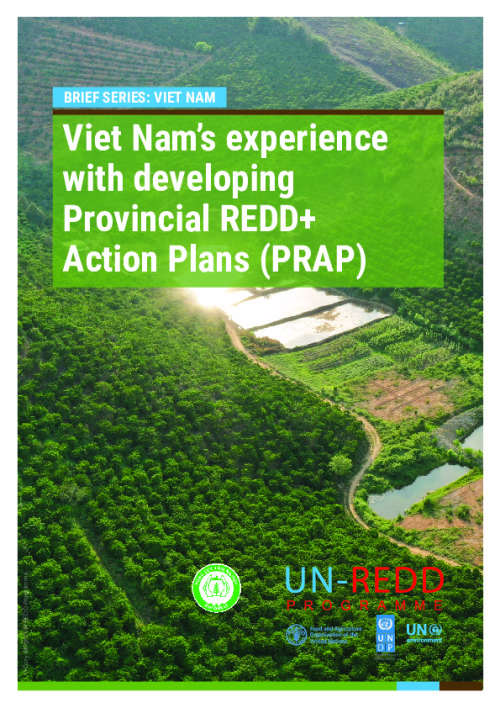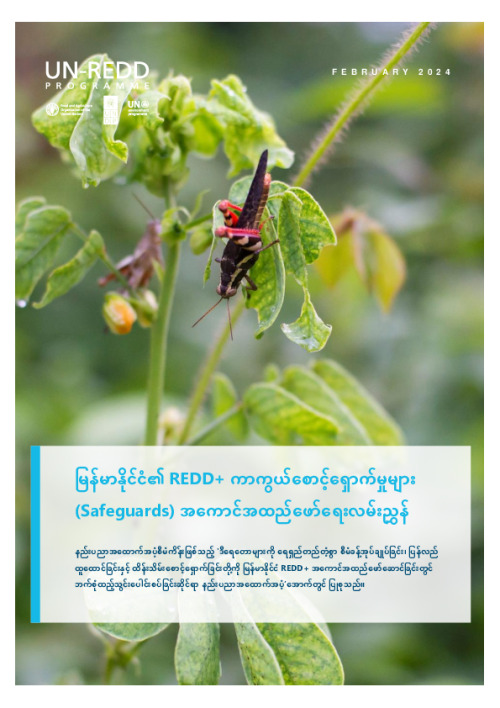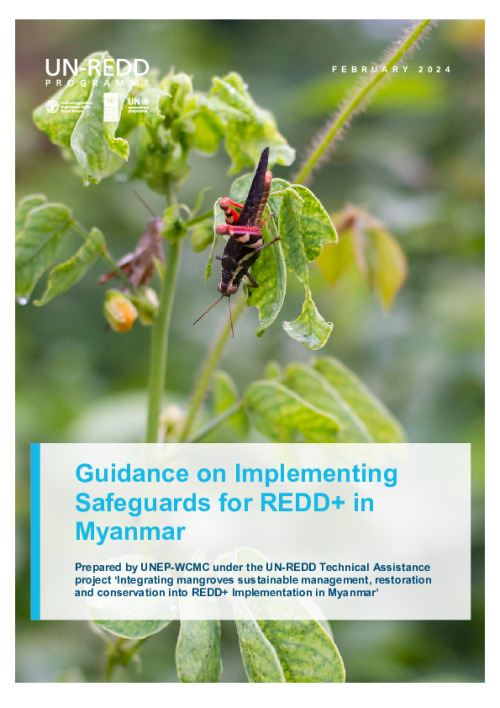Viet Nam Infobrief Series: Viet Nam’s experience with developing Provincial REDD+ Action Plans (PRAP)

*This is part of a series of info briefs produced in 2019 on the main lessons learned from Viet Nam's National REDD+ ProgrammeÂ
The Cancun Agreements of 2010 (paragraph 71) request countries to develop a National Strategy (NS) or Action Plan (AP) for REDD+ implementation. Such a document is mandatory, if countries intend to become eligible for result-based payments. In recent years, many countries in the Asia-Pacific region, including Viet Nam, have developed what are generally referred to as National REDD+ Strategies. These Strategies are designed to direct policies and investments towards actions that will clearly contribute to climate change mitigation goals, through their impacts on forests. In other words, they are designed to address direct and indirect drivers of deforestation and forest degradation effectively. They are also expected to complement existing forestry strategies, such as Viet Nam’s Forestry Development Strategy (2006-2020), National Biodiversity Strategy and Action Plans (NBSAP) and national socio-economic development plans.Â
Implementing a National REDD+ Strategy will often require many different practical interventions across the whole country. The more diverse a country is, the more varied these interventions will be, in order to suit different environmental, social and economic contexts and the different factors that drive forest loss and degradation, and prevent or discourage forest expansion and improvement. So, while a National REDD+ Strategy sets the overall objectives, targets and approaches, specific actions and interventions should ideally be planned and monitored at a more local scale.Â
When Viet Nam’s Forest Administration (VNFOREST) designed the UN-REDD Viet Nam Phase II Programme in 2012, it was proposed to tailor the broad provisions of the National REDD+ Action Programme (NRAP) according to conditions on the ground, thus developing Provincial REDD+ Action Plans (PRAPs) in each of the programme’s six pilot provinces. These would be aligned with existing provincial Social and Economic Development Plans (SEDPs), which follow a five-year planning cycle. Provincial SEDPs are used to generate provincial Land Use Plans and Forest Protection and Development Plans (FPDPs). PRAPs could therefore take current plans as a basis, identifying to what extent planned actions are already aligned with NRAP objectives.Â
In Viet Nam, a PRAP’s role is to operationalise the NRAP and its component Policies and Measures (PAMs) by tailoring PAMs to address both local-specific drivers of deforestation and forest degradation and barriers to expansion of forest enhancement activities. Developing PRAPs allows for more direct involvement of a wide range of provincial stakeholders, including sectors beyond forestry, in the planning process. This increases transparency, ownership and the social sustainability of REDD+ interventions. PRAP development recognises that, in order to be effective, REDD+ implementation must align with provincial planning processes. Ultimately, the results of PRAP implementation may also affect subsequent provincial planning cycles to bring about a transformational change in how forest landscapes are managed.Â
Download the resource
Size: (1.528 MB)


